Historical facts I bet you didn’t realize till you read this story.
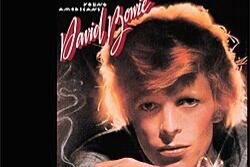
Young Americans, David Bowie’s 1975 pivot to “blue-eyed soul,” is more than just a song, it’s a time capsule. Blending funk, R&B, and a sharp, cynical critique, Bowie, an outsider, captured the contradictions of 1970s America with stunning accuracy. From presidential scandal to the rise of disco, here are 16 nostalgic snapshots inside the culture that inspired this timeless anthem.
1. President Nixon and Watergate
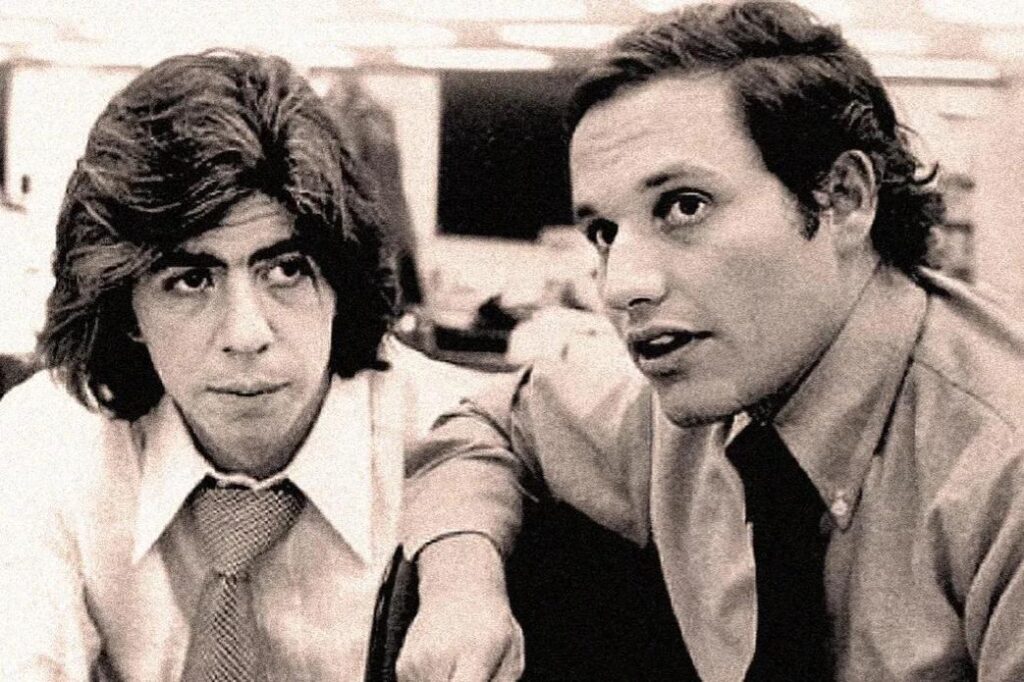
Bowie’s opening line, “Do you remember your President Nixon?” immediately anchors the song to the 1970s’ defining political scandal: Watergate. The scandal involved the break-in at the Democratic National Committee headquarters and the subsequent cover-up by the Nixon administration. The unraveling investigation led to numerous indictments and, ultimately, President Richard Nixon’s resignation on August 9, 1974, the first and only U.S. President to do so. This act, broadcast across the nation, represented a profound loss of faith in political institutions. The song was recorded in late 1974 and early 1975, with the trauma still fresh. Bowie’s direct reference not only dates the song but captures the pervasive cynicism and disillusionment that settled over the American public as they grappled with the reality of an administration that had actively misled them. The memory of Nixon’s downfall became a shorthand for the nation’s lost political innocence.
2. Gerald Ford’s Uneasy Spotlight
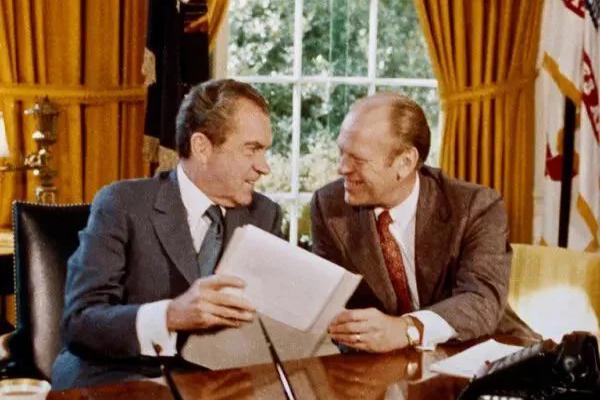
While Gerald Ford is never explicitly named, his shadow defines the political transition of the Young Americans era. Ford inherited a deeply wounded nation when he became President following Nixon’s resignation, an event that instantly gave his presidency an uneasy, interim quality. A month after taking office, on September 8, 1974, Ford issued a full pardon to Nixon for any crimes he may have committed against the United States. While Ford stated the decision was meant to heal the nation, it was hugely controversial and contributed to a period of deep national uncertainty and division. Compounding this, the U.S. economy was struggling with what came to be known as stagflation, a crippling mix of high inflation and high unemployment. Bowie’s lyrics reflect this general mood of transition and economic worry, echoing the feeling of a nation moving forward without a clear or confident direction, constantly looking over its shoulder at the crises of the immediate past.
3. Television as a Way of Life
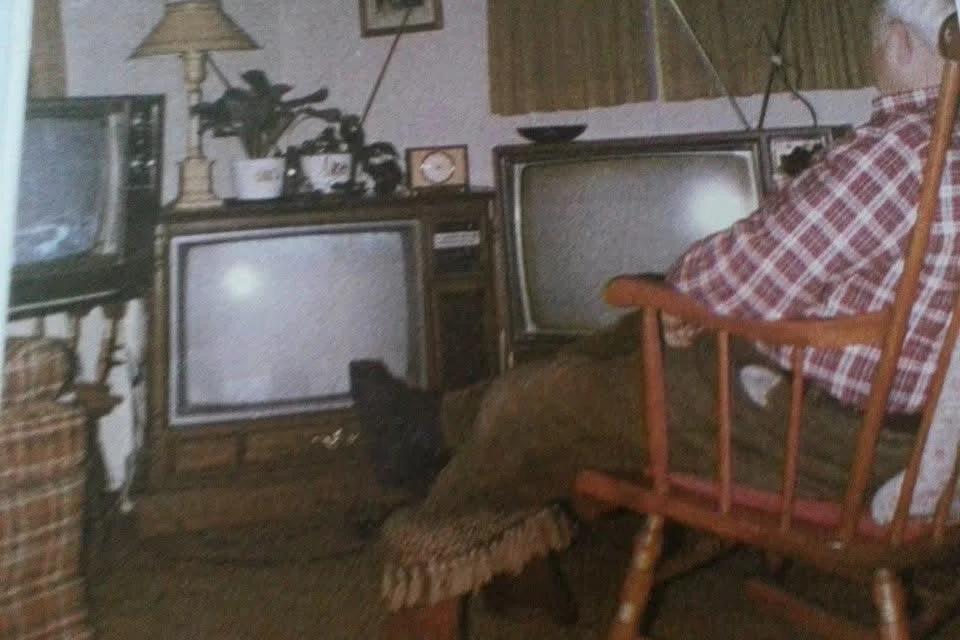
In the mid-1970s, television wasn’t just a leisure activity; it was the centralized hub where politics, culture, and consumerism converged, and the song captures this reality. The era was dominated by popular, escapist programming like sitcoms (M*A*S*H, All in the Family) and game shows, which provided a contrast to the increasingly grim political news. Crucially, the airwaves were saturated with constant commercials that drove an ever-increasing emphasis on consumer culture and keeping up appearances, a theme Bowie touches on ironically in the song. For many Americans, the daily cycle revolved around working to pay bills and then tuning into the same shared cultural and political experience, all mediated through the TV set. The song’s cultural snapshots are precisely the images, from news to ads to drama, that would have been flickering across millions of American screens night after night.
4. Civil Rights Echoes
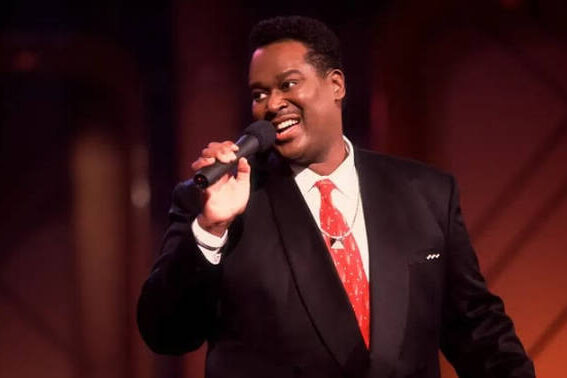
Young Americans is steeped in Black American music, specifically Philadelphia soul and R&B, which naturally brought with it the echoes of the Civil Rights Movement and its ongoing fight for equality. The song’s production, which features the legendary Black artist Luther Vandross on backing vocals and vocal arrangements, is a direct sonic nod to this influence. The choice of the blue-eyed soul genre itself by a British white rock star was a complex cultural exchange that acknowledged the powerful, shaping force of Black culture on the American soundtrack of the time. While the lyrics are focused on personal and political dramas, the music’s foundation underscores the importance of the cultural progress being made, a progress born of struggle, and the increasing visibility and influence of Black artists and sounds in mainstream American culture. Bowie’s immersion was both an act of musical admiration and an acknowledgment of the cultural landscape forged by this hard-won progress.
5. The Beatles’ Shadow
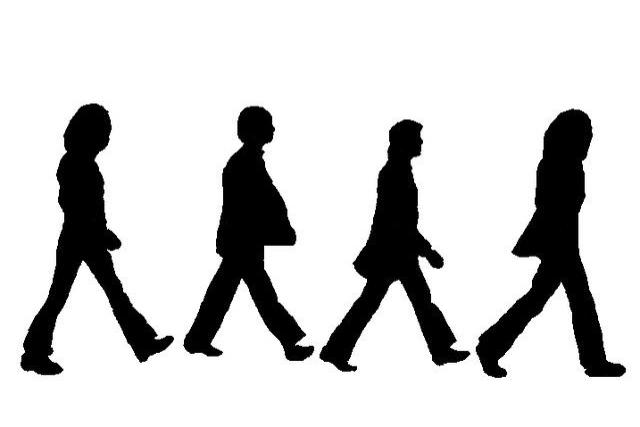
Bowie cleverly weaves the towering legacy of The Beatles into his modern American narrative by quoting the iconic line, “I heard the news today, oh boy,” from their 1967 masterpiece, “A Day in the Life.” By inserting this recognizable snippet of Lennon and McCartney into a 1970s song about American political decay and cultural uncertainty, Bowie achieved two effects. First, he immediately evoked a sense of nostalgia for the optimistic, idealistic 1960s dream that The Beatles represented. Second, he created a stark contrast between that faded hope and the more disillusioned, cynical reality of the post-Watergate 1970s. This specific quote acts as a cultural bridge, demonstrating how British musical influence remained intertwined with American culture even as the optimism of the previous decade had unraveled, showing that the musical history of the 1960s was an inescapable part of the 1970s conscience.
6. Lennon’s Cameo
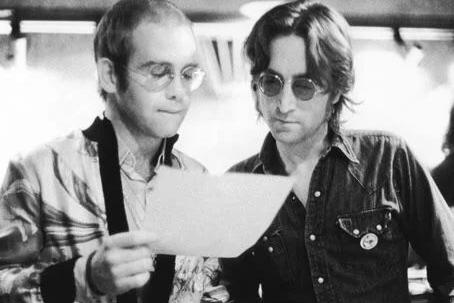
The actual collaboration with John Lennon on Young Americans was more than just a musical moment; it was a symbolic hand-off between two generations of transatlantic rock legends. Lennon, the voice of 1960s idealism and The Beatles, co-wrote the album’s second single, “Fame,” and contributed distinctive guitar and backing vocals to both that track and the album’s title track, Young Americans. Lennon was living in New York City at the time, navigating his own personal and legal challenges. This collaboration brought an icon of the previous decade’s cultural revolution into direct conversation with Bowie’s genre-bending 1970s artistry, fusing the foundational dreaminess of the 1960s with the complex cynicism of the new era. It was a tangible, star-powered embodiment of the very musical and cultural nostalgia the song critiques and celebrates, bridging the gap between two of rock’s most influential periods.
7. The American Dream Questioned
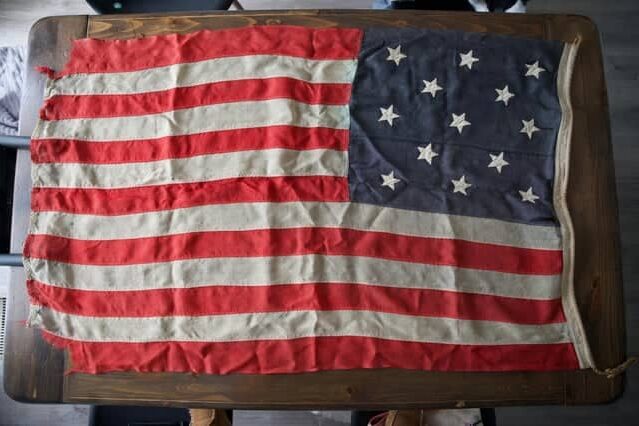
Bowie’s lyrics in Young Americans hold the classic American Dream, centered on achieving love, financial security, and status, up to a mirror, examining it with both admiration and sharp irony. By the mid-1970s, the ideal of a comfortable, suburban life was fraying under the strain of deep inflation, political scandal, and profound social and cultural upheaval. The song captures this sense of disillusionment, singing of love and money with a distinctly skeptical tone. The line, “Ain’t there one damn song that can make me break down and cry?” reflects a deep emotional fatigue. The ultimate question the song poses, “what does it mean to be ‘young American’?”, is a probing inquiry into whether the classic tenets of the American Dream were still achievable, or even desirable, in this conflicted new reality.
8. Soul and R&B Influence
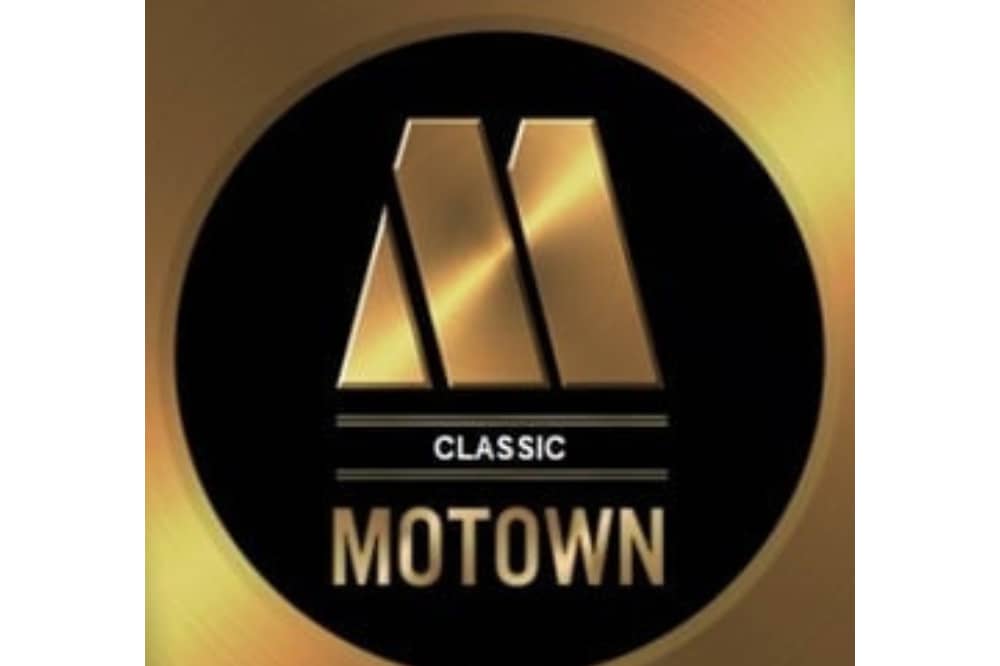
The entire foundation of Young Americans is Bowie’s self-professed love affair with Philadelphia soul, the smooth, lush sound of R&B that had its heart in the City of Brotherly Love. He dove headfirst into this genre, recruiting the then-unknown but immensely talented Luther Vandross to arrange and sing backing vocals. Vandross brought an authentic richness and complexity that transformed the album’s sound. This stylistic shift was a direct homage to Motown, and the groundbreaking work of artists like Marvin Gaye and Stevie Wonder, whose music defined the sophisticated, emotionally resonant side of early 1970s pop. The resulting sound was essentially a musical love letter to Black American culture, proving that Bowie’s ability to shift genres was always rooted in an appreciation for the soul and craft of the music he adopted.
9. Consumerism on Display
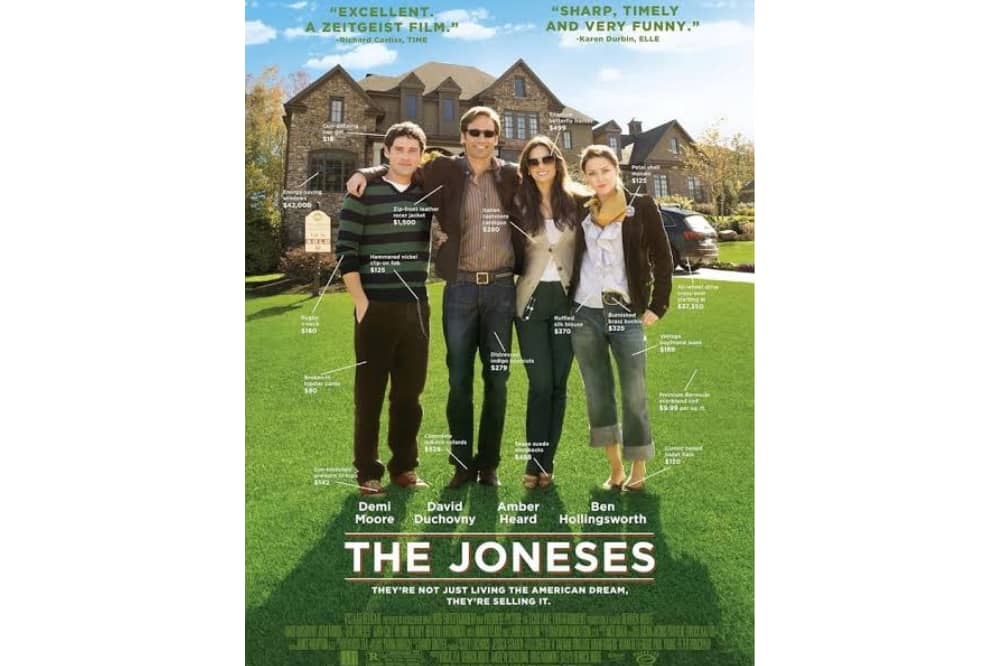
The mid-1970s was a period where the American sense of self was increasingly defined by outward appearance and material consumption. Bowie’s lyrics tap into this obsession with beauty, clothes, and maintaining a respectable veneer, reflecting a society where advertising and availability of goods were constantly growing. The desire to “keep up with the Joneses” was a powerful cultural force, and the lyrics capture the almost performative aspect of daily life, where one’s status was intrinsically linked to what they owned, wore, or displayed. This focus on the external represented a growing trend that would only escalate into the 1980s. Bowie shrewdly captured the superficiality and the underlying need for validation that drove many young Americans to seek identity through their possessions and their look.
10. A British Lens on America
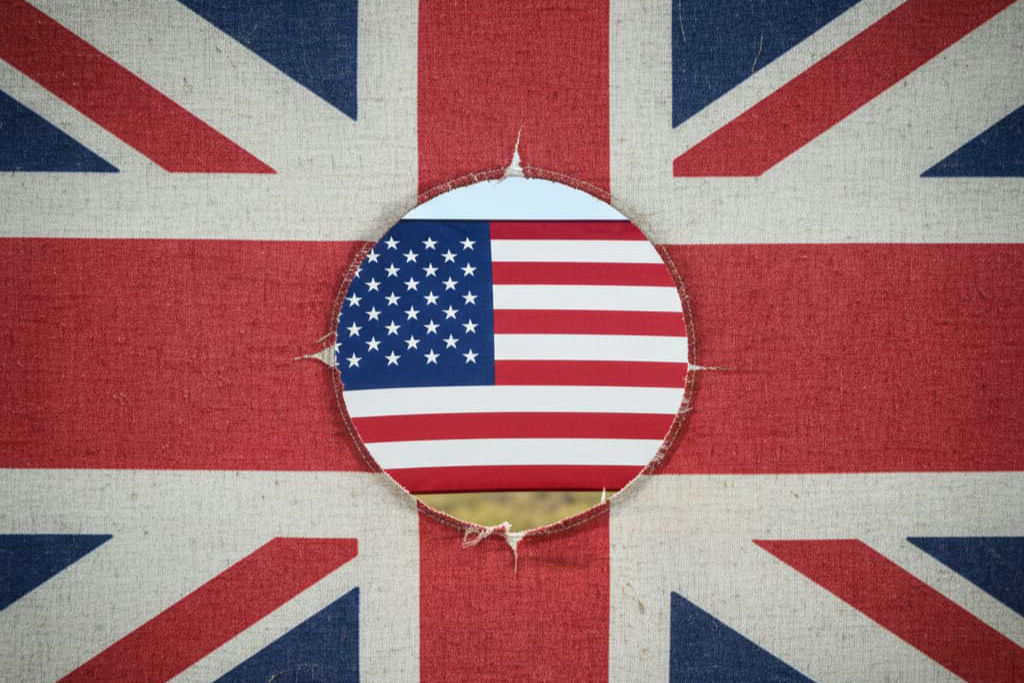
As a British artist, David Bowie brought a distinct, outsider’s perspective to his observation of the United States. This distance allowed him to see America with a unique combination of awe and acute critique. He was fascinated by the country’s scale, glamour, and energy, themes that he incorporated into the song’s sound. Yet, he also saw the glaring contradictions: the immense wealth alongside poverty, the political idealism shattered by scandal, and the deep racial and social tensions simmering beneath the surface. His view of America was both as a mesmerizing, almost mythic land of possibility and as a broken, politically corrupt society. This dual perspective imbued the song with a complex, critical nostalgia, where his appreciation for the culture was always tinted by the distance that allowed him to see its flaws clearly.
11. The Youth Generation
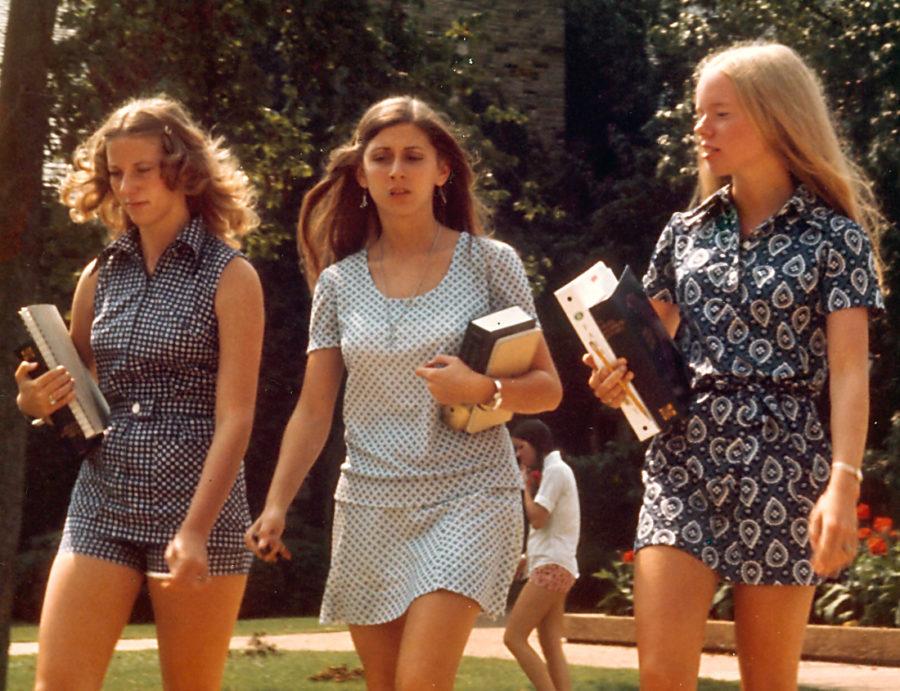
The “young Americans” of the song were the teenagers and twenty-somethings of the mid-1970s, a generation actively reshaping the nation’s cultural and social landscape. This cohort had been marked by the political upheavals of the 1960s, the tail end of the Vietnam War, and a growing sense of freedom and experimentation regarding identity and lifestyle. They were a generation that partied, protested, and consumed in a new way, creating a distinct culture that was both defiant and deeply embedded in pop culture. Bowie’s song both celebrates their youthful vitality and subjects their pursuits, from their relationships to their material desires, to his detached, intellectual scrutiny. He was capturing the moment when this generation began to define the mainstream, moving beyond the counter-culture into the cultural engine room of the 1970s.
12. The Vietnam Hangover
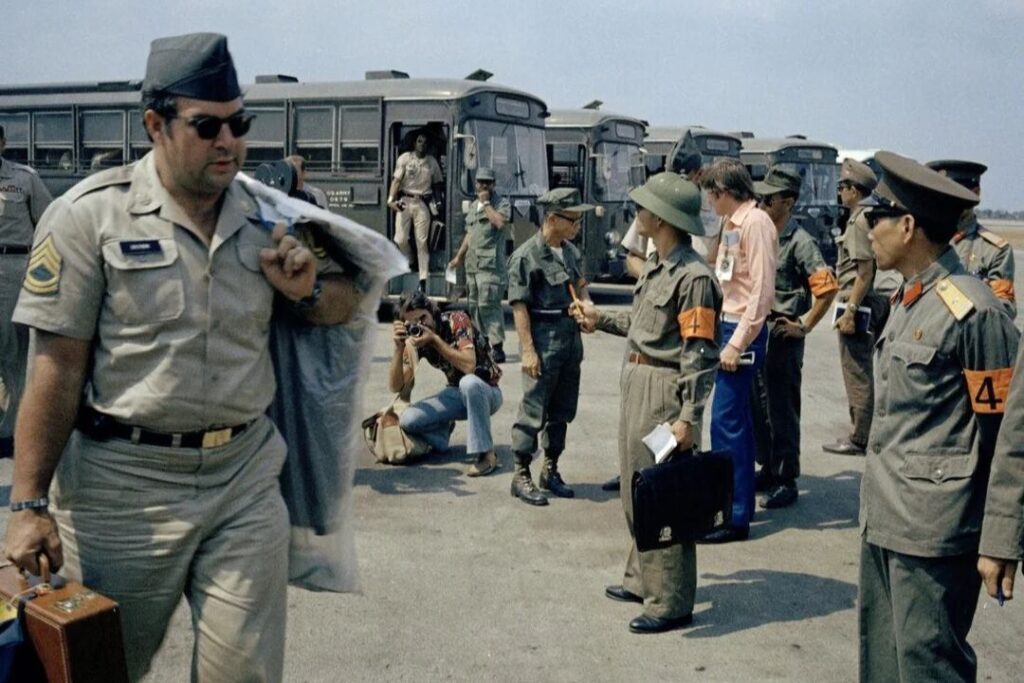
Though the U.S. combat role in Vietnam officially ended in 1973, the Vietnam War’s “hangover” heavily influenced the mid-1970s mood. The war, which was frequently brought into American living rooms via televised news reports, had an unprecedented impact on the national psyche. Young Americans was recorded just as the final, dramatic conclusion of the war was unfolding in 1975, culminating in the Fall of Saigon. This prolonged, traumatic experience left a permanent mark, blurring the lines between foreign policy, military reality, and domestic anxiety. The cultural landscape Bowie observed was one where the trauma of war reports could instantly follow a commercial or a sitcom, creating the confusing blend of escapism and persistent trauma that defines the mid-1970s’ conflicted mood of the song.
13. The Rise of Pop-Soul Crossovers
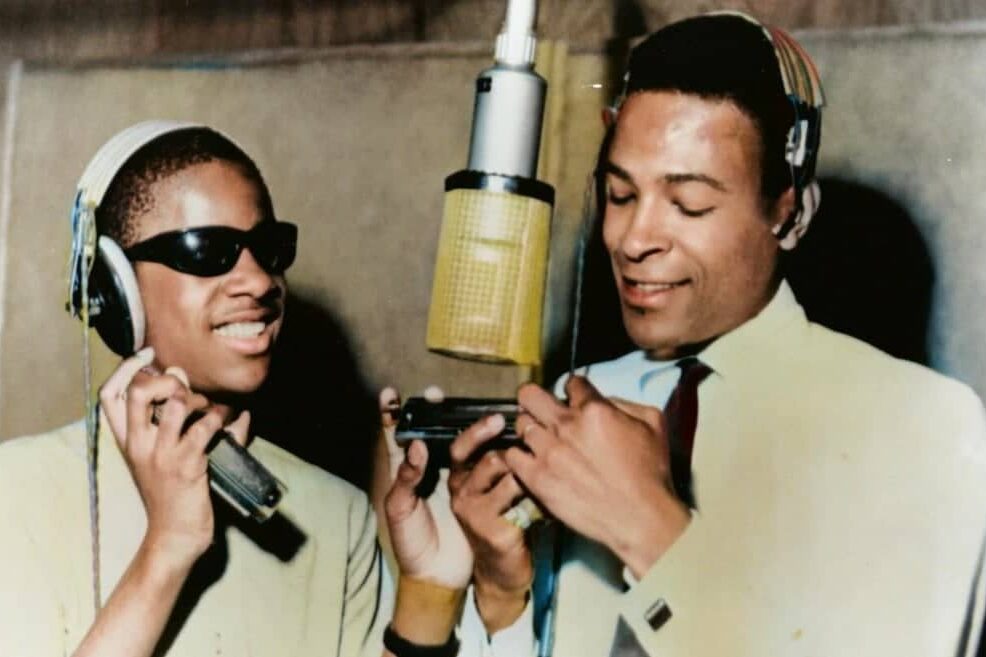
Young Americans perfectly timed its release to the peak of the Pop-Soul Crossover movement. The early 1970s saw artists from different genres successfully blend Black American soul, funk, and R&B with mainstream pop sensibilities. Artists like Stevie Wonder, Marvin Gaye, and Elton John were creating music that was both deeply soulful and universally accessible. Bowie, with his history in rock and glam, used Young Americans to insert himself into this fertile space, bringing the dramatic, theatrical elements of his rock persona into a lush, sophisticated soul framework. This fusion was not a deviation but a direct engagement with the most dynamic and popular musical trend of the day, cementing his reputation as a chameleon who could master any genre at its cultural apex.
14. Love and Identity in Flux
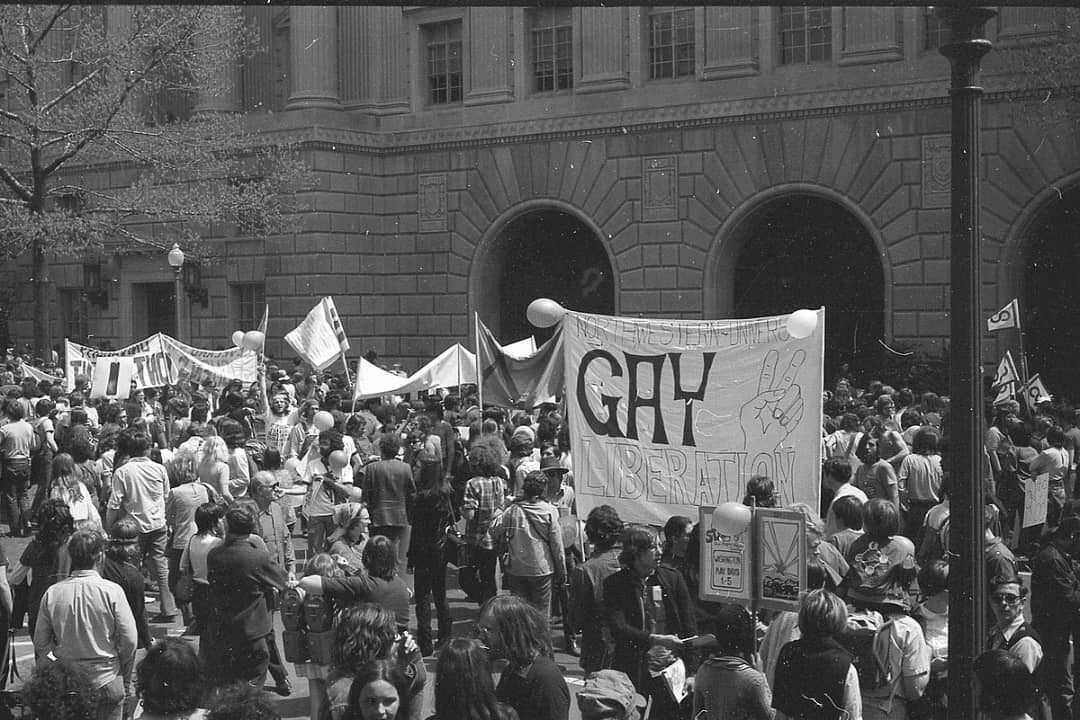
Beneath the political and cultural commentary, Young Americans is fundamentally a song about intimacy, desire, and the shifting nature of identity. The lyrics tackle themes of romance, sexuality, and longing with a curiosity and frankness that mirrored the growing public discourse of the time. The 1970s saw a significant cultural shift toward more open discussion of sexuality and identity, driven partly by the ongoing Women’s Liberation and LGBTQ+ rights movements. Bowie, known for his gender-bending stage personas, was a central figure in this cultural opening. The personal anxieties and blurred boundaries in the lyrics, asking questions about relationships and racial identity, reflect the way individuals were increasingly navigating and discussing their lives and desires in a more public and complex way.
15. Dance Floors of the ’70s
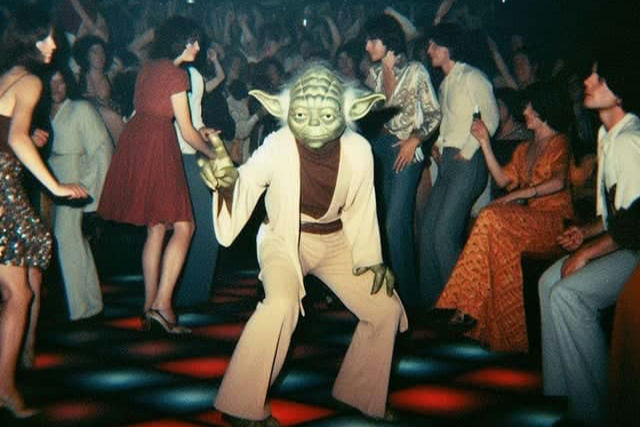
With its driving, groove-heavy beat, Young Americans was instantly embraced by the rapidly expanding network of 1970s dance floors, contributing to the early wave of disco culture. The song’s funk-infused energy, driven by the bassline and the tight drumming, made it an essential track in clubs across New York, Philadelphia, and Los Angeles. In a time of political uncertainty and economic stress, the dance floor provided a vital outlet, a space for communal escape, joy, and liberation. The song’s popularity on these dance floors is proof that even when a country is mired in serious issues, music’s power to unite people and offer temporary, physical freedom remains paramount, providing a soundtrack for the decade’s hedonistic pulse.
16. Nostalgia Wrapped in Funk
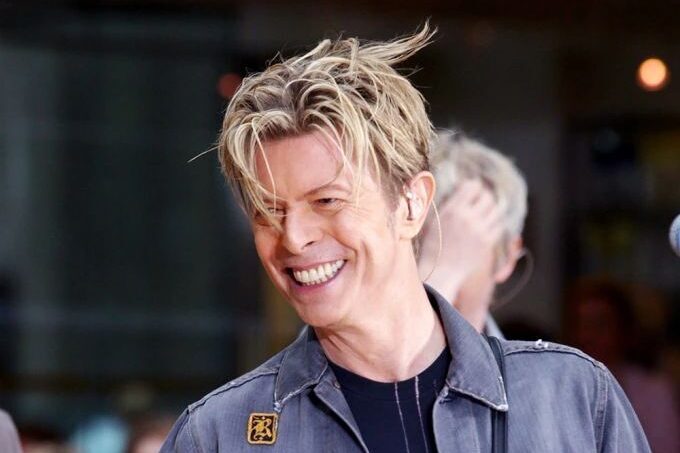
Ultimately, Young Americans is Bowie’s complex, funky declaration of his fascination with the United States. It’s a masterful mix of celebration and critique, embracing the glamour of American music and pop culture while simultaneously exposing the political and social contradictions beneath the surface. The song’s enduring appeal lies in its sophisticated layering of these elements. Nearly fifty years later, it is a perfect artifact, a detailed, rhythmically-charged snapshot of a country caught at a critical crossroads between its post-war innocence and a rapidly approaching, confusing future. It remains one of the most definitive musical portraits of America in a state of conflicted, soulful transition.
David Bowie’s Young Americans endures not just as a great song, but as a brilliant piece of cultural journalism. By turning the sound of soul music into a vehicle for political and social observation, he created an anthem that perfectly captured the confusion, excitement, and disillusionment of the mid-1970s. It’s a powerful reminder that the biggest questions about the American Dream often come from the most unexpected voices.
This story 16 Nostalgic Snapshots Inside David Bowie’s Young Americans was first published on Daily FETCH


